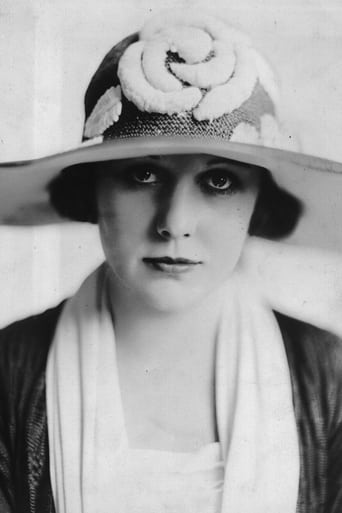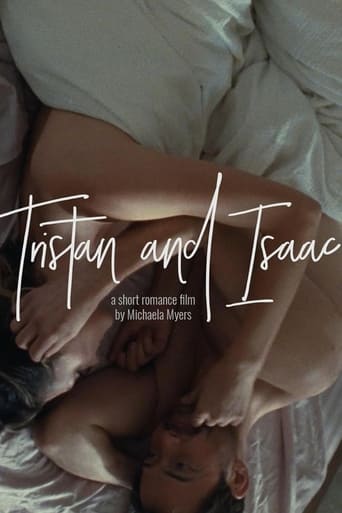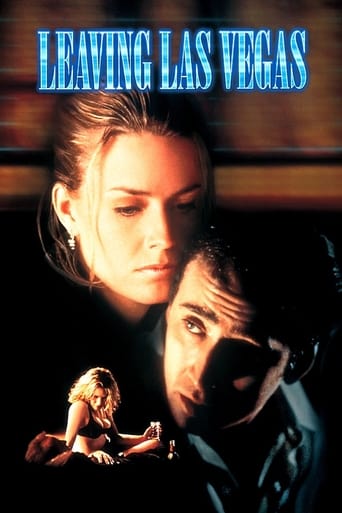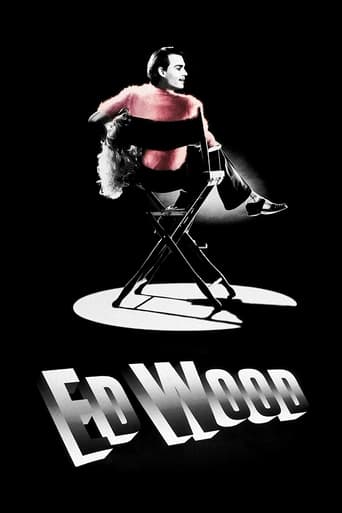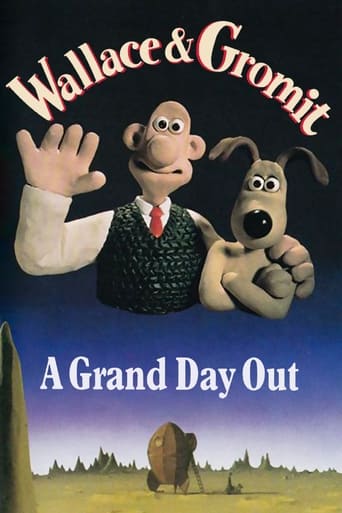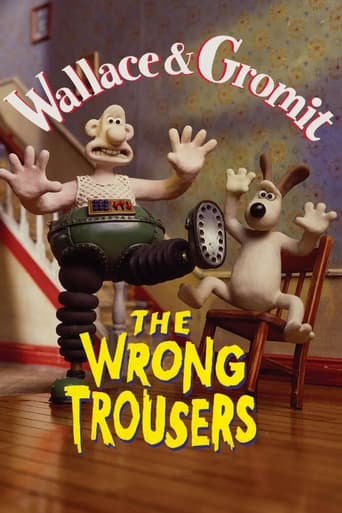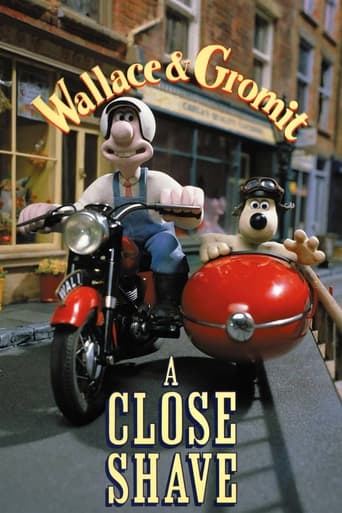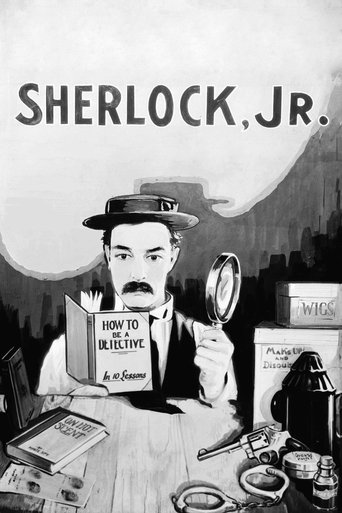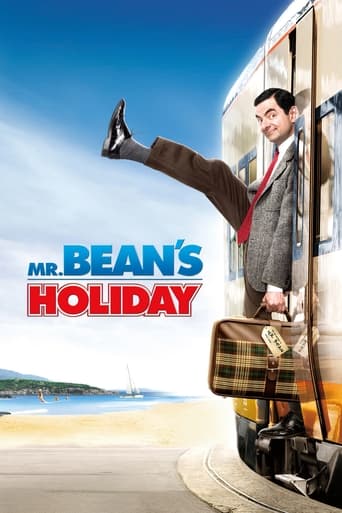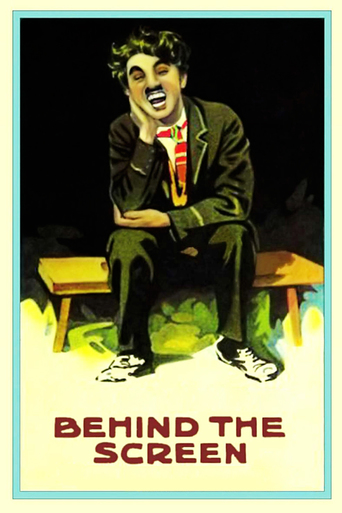

Behind the Screen (1916)
During the troubled shooting of several movies, David, the prop man's assistant, meets an aspiring actress who tries to find work in the studio. Things get messy when the stagehands decide to go on strike.
Watch Trailer
Cast
Similar titles
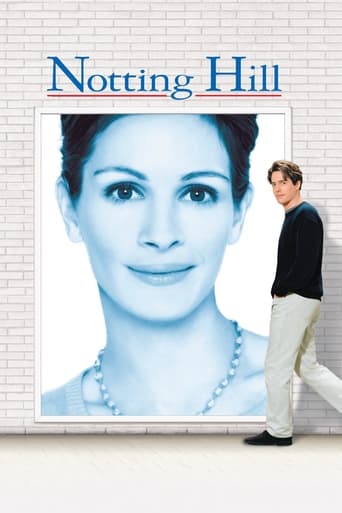
Reviews
Wonderful character development!
Redundant and unnecessary.
It's easily one of the freshest, sharpest and most enjoyable films of this year.
All of these films share one commonality, that being a kind of emotional center that humanizes a cast of monsters.
Gags made on the sake of film studios at such an early time is really something. There are a lot of memorable and I would say iconic moments, the chair moving scene, lunch scene, kissing scene etc are so great. But at the same time, this must be one of the most politically incorrect of the shorts I have seen of Chaplin being racist, homophobic and ironically showing hard work of a labourer getting no recognition and unions strike for nothing and being anarchists. Still considering the time it can be given a little slack.
Behind the Screen stars Charlie Chaplin as a stagehand on a movie set. Chaplin is overworked and under-appreciated and his boss (Eric Campbell) spends most of the time asleep, leaving Chaplin to do the heavy lifting. Meanwhile a young woman (Edna Purviance) is trying to get her big break as an actress but is turned down so dresses up as a male stagehand in order to have at least some involvement in the movies. At the same time the fellow stagehands go on strike for being woken up by a studio boss and plot their revenge This isn't one of the funniest Mutual shorts but it certainly has one of the better plots. It's multi layered and features side plot as well as the main narrative. It is also an opportunity to see behind the scenes of an early movie set in much the same way as His New Job, Chaplin's first film for Essanay a year earlier. What the film is most famous for now though is its forthright joke about homosexuality, a subject which was barely mentioned in cinema for another fifty years.The scene in question comes late on when Chaplin discovers that the new stagehand is actually a woman. In a cute scene, Chaplin sneaks a couple of pecks on the lips. The start of a romantic relationship is interrupted though by the appearance of Eric Campbell who not knowing Edna Purviance is a woman, believes the two hands to be gay men. He starts prancing around in an effeminate way which today feels quite offensive. The fact that homosexuality was even mentioned though, no matter how insignificantly, was very bold. The same scene also features probably the defining image of the film, Chaplin's and Purviance's faces squished together, looking forward towards the camera, Chaplin with a trademark cheeky grin.In terms of comedy, the film is a little short. There are of course funny moments which include a use of a trap door and a pie throwing finale. For me the funniest scene came when the stagehands were eating lunch. Chaplin was sat next to a man eating onions and to escape the smell put on a knights helmet, lifting the visor briefly to stuff bread into his mouth. During the same meal Chaplin tries to steal the meat which the same man is eating and when discovered, pretends to be a begging dog. There is plenty of slapstick to be found here also with large props producing most of the laughs. One fantastic act sees Chaplin pick up about eleven chairs and sling each one over his arm, giving him the appearance of a hedgehog or porcupine. This isn't enough for the poor stagehand as in his other arm he also carries a prop piano. It's very clever and looks incredibly difficult. The scene felt familiar to me but I don't know if that's because Chaplin repeated the stunt for a later film or because I've seen that clip before.One interesting thing about Behind the Screen is getting a glimpse of an old movie set. A surprising aspect of this is finding two separate productions sharing the same stage. As noise made little difference to what the final picture looked like it was possible to have multiple movies being filmed in close proximity. Here Chaplin works on a set of what appears to be a medieval palace which is right next to a farcical comedy set in a police station. As you can probably guess, Chaplin ends up interrupting both at various times before completely destroying both towards the end. The final shot itself is also surprising in its violence. Although no blood, body parts or death was seen, it was still not what I was expecting to end a short comedy.www.attheback.blogspot.com
Charlie has various misadventures while working in the property department of a movie studio. For some reason, this film turned out to be the last of Chaplin's twelve Mutual shorts that I saw. I really looked forward to seeing it, thinking that Charlie would make the most of the studio location.Sadly, if only because of my sense of anticipation, I was a bit disappointed. I didn't find it as funny as the bulk of the other Mutual shorts. Despite a location rich in potential, I found the funniest moments in this film to be some of the smallest like Charlie trying to steal bites from Albert Austin's lunch. Still, the film retains interest as a behind the screen view of motion picture production circa 1916. (A superior and more concise view of the world of producing silent films can be found in 'Singing in the Rain' as Gene Kelly walks through a silent studio with the head of the studio.) To me, the most interesting thing about this film is Chaplin's hostile attitude toward the striking union workers. If he had made this film later in his career, the radical unionists might have been the good guys!
(Spoiler warning)The unsung star of many of Chaplin's best silent films has to be Edna Purviance. She and Chaplin shared a chemistry that, to be honest, was superior to all other on-screen pairings Chaplin enjoyed either in his silent era, or later sound films. And that includes Paulette Goddard and Claire Bloom.Behind the Screen doesn't showcase Edna per se - she only appears in maybe 5 minutes of it - but she nearly steals the scene as a wannabe actress who disguises herself as a male stagehand in order to break into show business. Of course it doesn't take long for Charlie (here playing David to Eric Campbell's burly Goliath) to see through the disguise. Mere moments later, he and Edna are smooching up a storm, leading to one of the funniest moments in all of Chaplin's silents when Campbell's character catches the two, thinks they're gay, then starts "flying" around the room. Yes, it's politically incorrect and yes, no one could get away with such a joke today. But this was 1916 and no one cared. It was just a joke ... and a very funny one.Edna's best scene is when Charlie discovers her sitting alone, strumming a guitar and singing. It's a very brief moment, but you can tell from how it's filmed that Chaplin did indeed care about showcasing his favorite co-star.The rest of the film is a fast moving look behind the scenes at a movie studio, and features a rapid fire succession of gags, including the inevitable pie-throwing battle. An unexpectedly violent ending (played for laughs but nonetheless probably fatal for those involved) leaves a strange aftertaste, but otherwise this is an example of Chaplin hitting his stride during his very productive middle-period of silent films. Highly recommended both for fans and for those curious about the appeal of Edna Purviance.


